After a fun-filled day exploring the Colosseum and the Roman Forum (which you can read more about here), Mappy and I decided to take the next morning at a more leisurely pace. We decided to see a different side of Rome and spend the day out of the city center away from the noise and commotion. We both felt like we needed a brief respite and a walk out in to the country seemed like a good idea.
On our way out of the city and before reaching the Via Appia Antica, the ancient road that leads out of Rome, we decided to make a stop at the Baths of Caracalla, the ruins of the Roman baths built by Septimus Severus around 206 AD. The baths were one of the largest ever built and in its heyday was able to accomodate up to 1500 bathers at one time.
The water for the baths came through the elaborate system of Roman aqueducts and flowed into the different bathing rooms: frigidarium (the cold room), the tepidarium (warm room) and the caldarium (the hot, steamy room). The latter rooms received heated water via the hypocaust, an underwater heating system run by the fifty wood-burning furnaces. An open air natatio (swimming pool) was also part of the complex as well as a library, gardens, and gyms for exercise, boxing and wrestling matches. The baths were a community gathering place in ancient Rome.
We took the cobblestone Via Appia Antica, or the Appian Way, out of the core of the city. It was once the main road in and out of ancient Rome and is one of the city’s oldest roads dating back to about 312 BC. It leads from the city center and goes through the Porta San Sebastiano, the point at which it is often closed to car traffic as it heads out into the country. Many people see this part of the city by bike, by city bus, or by booking a tour that drives you out to the catacombs in a van.
One of the first things you’ll see along the Via Appia Antica is the 17th century Church of Santa Maria in Palmis (also known as the Church of Domine Quo Vadis) where St. Peter reportedly met Jesus. According to the story, St. Peter, who was walking along the Via Appia as he fled Rome and persecution by Emperor Nero, saw Jesus and asked him, “Domine, quo vadis?”—”Lord, where are you going?” and Jesus responded by saying, “To Rome, to be crucified anew.” His answer allegedly persuaded St. Peter to return to the city to face his martyrdom. St. Peter’s Basilica in Vatican City was erected over the very spot where St. Peter was crucified.
Further down the road are the catacombs of San Callixtus (also known as San Callisto), the Church of San Sebastiano and its catacombs and the Tomb of Cecilia Metella (which later became a castle). The road continues heading away from the city but because we were walking, we decided to only go as far as the catacombs of San Callixtus, our destination of the day (about 4K round trip from the city center). In summer, it is a long, hot walk with little shade and no place to stop and get a cool drink. Bring a hat, wear your sunscreen, and have a water bottle on hand. You’ll need it.
The catacombs of San Callixtus are part of an extensive 100-acre burial complex that were the final resting place for many of the Christians of Rome. Tunnels buried deep beneath the surface of the earth lead you past the now empty burial niches of thousands and thousands of Christians buried there in the second and third centuries. Also buried there were nine Popes from the third century, various Bishops, and martyrs. The remains have since been removed and placed in various churches in Rome to prevent further ransacking of the site, a problem that began with the barbarians in the 800’s.
According to Rick Steves’ website, “In ancient Roman times, no one was allowed to be buried within the walls of the city. While pagan Romans were into cremation, Christians preferred to be buried (so they could be resurrected when the time came). But land was expensive, and most Christians were poor. A few wealthy, landowning Christians allowed their land to be used as burial places. …From the first through the fifth centuries, Christians dug an estimated 375 miles of tomb-lined tunnels, with networks of galleries as many as five layers deep.”
When you arrive at the catacombs, you can purchase your ticket at the little kiosk (about €6) and then wait for your language’s tour group to be called, usually every half hour or so for English-speaking guides. As a group, you’re led by your guides down into the dark, cool, musty depths of the tunnels dug by hand nearly two millennia ago, stopping every so often to hear a story about what you’re looking at or which Pope was buried where. It was so, so, so fascinating to see. I highly recommend visiting at least one set of catacombs when visiting Rome.
Walking back along the Via Appia Antica, I was even more aware of the ancient footsteps that had once traversed those same stones, footsteps of people going both to and from Rome, on their way to worship, on their way to a funeral and burial, or on their way out of the city to avoid persecution. So many footsteps. So many stories.
That evening we decided to eat at a pizza place in Trastevere that came highly recommended by our host. After being seated at an outdoor table, we once again felt like we must have done something to really piss off our server because he seemed supremely annoyed. We tried to shrug it off, but when he delivered our pizza by slamming our plates down on the table and nearly tossing our pizzas at us, we knew we weren’t just imagining things. I watched him with other customers – Italian speaking customers – to see if he was just having a bad day or something, but no. He was laughing and smiling with everyone but us. We were not being “loud Americans” nor were we being demanding, asking for exceptions to the menu, or doing anything that might have warranted such treatment. It was completely baffling and disheartening. While the pizza was good, the whole experience turned us off from ever going back.
Despite our rude treatment putting a damper on our evening, we went ahead with the Night Walk Across Rome in my Rick Steves guide-book that I wanted to do the previous night. Even though we had already logged quite a bit of walking that day, we felt up to the task of taking on the 2 mile (3K) roundtrip walk.
It begins at the Campo de’ Fiori (Field of Flowers), the outdoor marketplace in the heart of Rome. In the mornings, the colorful square is filled with produce and flower vendors. By the evening, they have cleared out and people take their passeggiata past the numerous restaurants lining the square that open up for dinner.
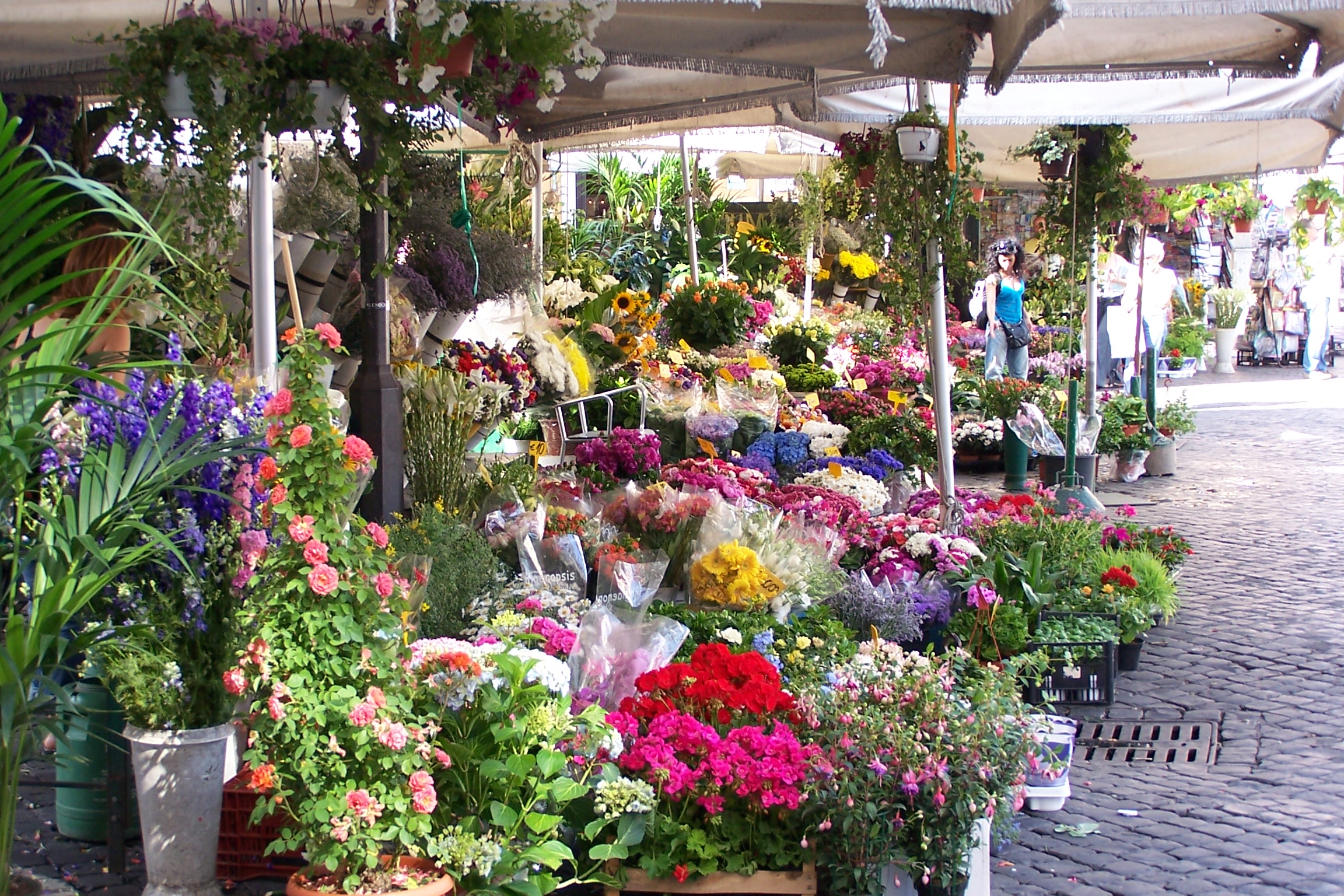
photo credit ~ Berthold Werner via Wikimedia Commons
In the center of the square is a statue of Giordano Bruno who was burned on the stake at that very spot in 1600 for being a heretic. When his statue was erected in 1889, advocates (and rioters) overpowered Vatican protests of the statue. The square is still used as a place for demonstrations.
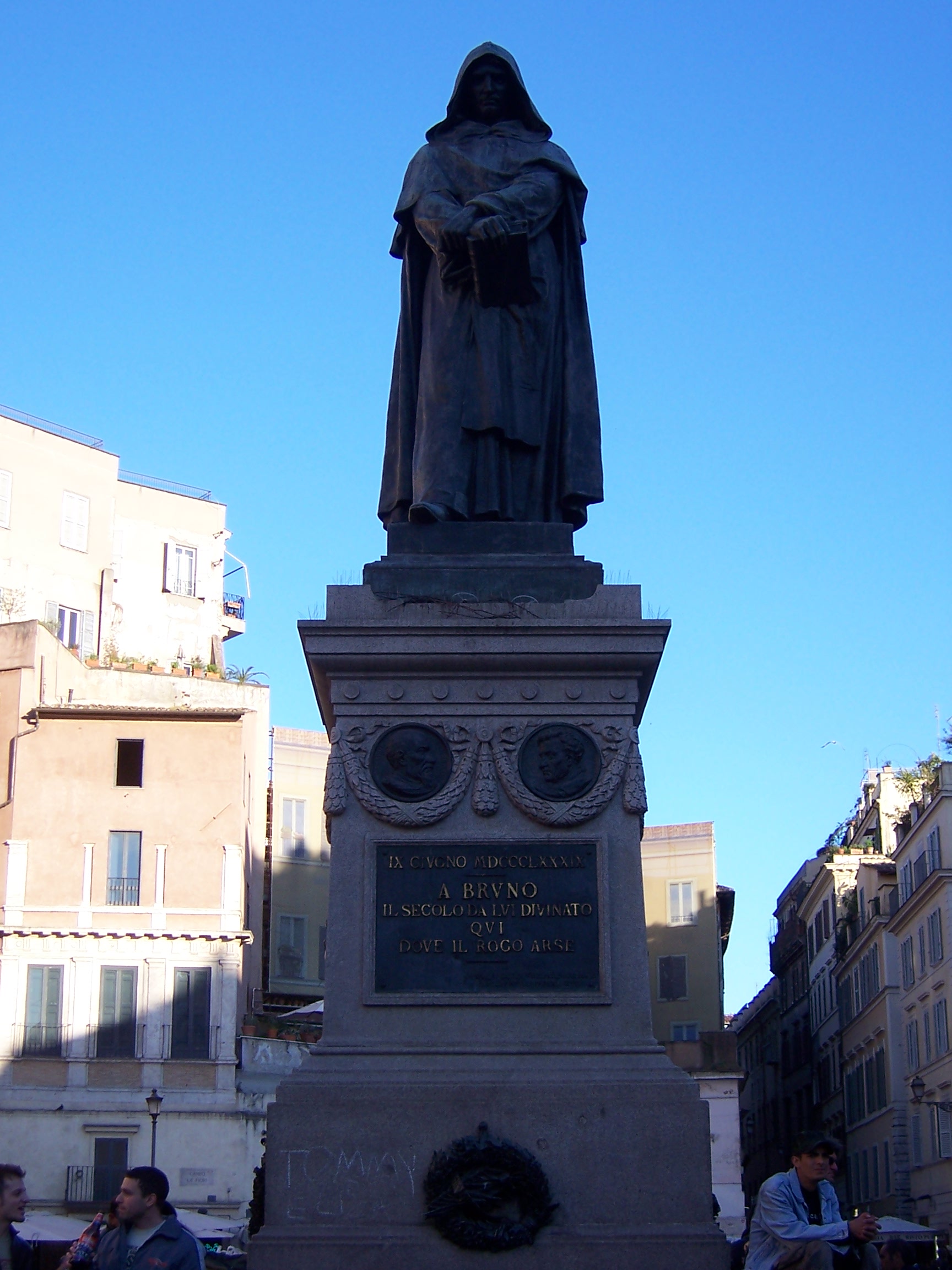
Giordano Bruno – photo credit ~ Fabiola Leyton via Wikimedia Commons
Leaving the Campo de’ Fiori, we walked to the next major stop, the Piazza Navona. There is a lot going in this oblong-shaped piazza: street performers, artists selling paintings and drawings, people strolling with gelato in hand, and outdoor cafes lining nearly the entire thing. In the center is the Fontana dei Quattro Fiumi, Four Rivers Fountain, designed by Bernini in 1650. The four rivers represent the four continents that were believed to be in existence at the time: the Nile (Africa), the Danube (Europe), the Rio de la Plata (the Americas), and the Ganges (Asia). In the center is an Egyptian obelisk that was once along the Via Appia Antica.
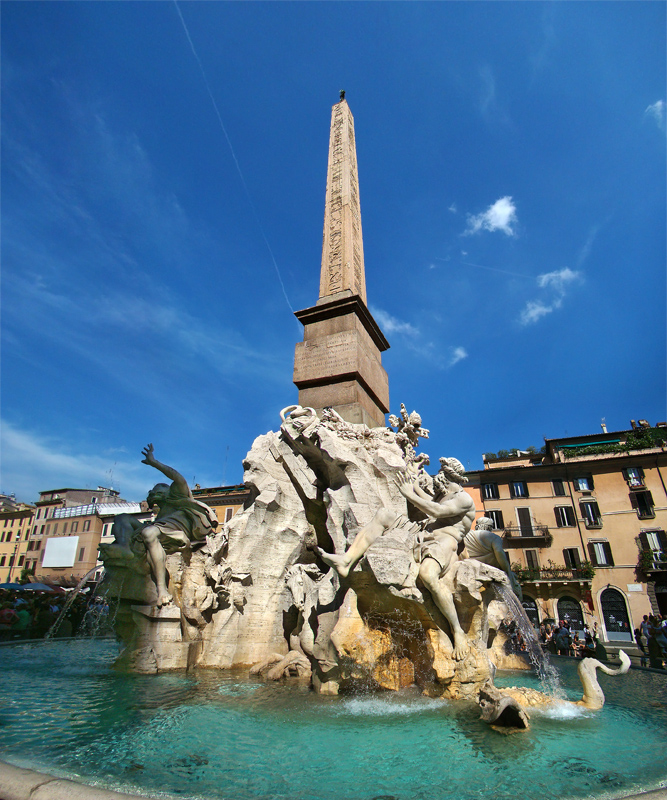
It was difficult to get my own photo of the whole fountain because of the crowds that evening. photo credit ~ Tango7174 via Wikimedia Commons
Leaving the Piazza Navona, I wasn’t sure if the rest of the walk could top what we saw there. A short walk led us to the next piazza on our self-guided tour and I soon had my answer. As we turned a corner, this is what we saw in the glowing in the twilight:
The Pantheon. *cue angelic singing*
It was the most breathtaking sight I had seen so far in Rome. Nothing quite prepares you for seeing the massive structure as you enter Piazza Rotunda. We joined several other slack-jawed visitors sitting down across from the Pantheon and stared at it for several minutes, taking it all in as the sky filled with stars.
Built by Emperor Hadrian in 125 AD, it is the only ancient building in Rome to have been in continual use since its completion. Originally created as a pagan place of worship, it became a church dedicated to the martyrs after the fall of Rome when the barbarians who had sacked the city chose to leave it intact. (To read more about this magnificent building or to take a 360 degree virtual tour, check out the Walks of Italy blog.)
The columns of the portico were carved of a single piece of granite that were shipped from Egypt and the dome was the inspiration for Michelangelo’s dome at St. Peter’s Basilica as well as other domes across Italy built during the Renaissance. The building was closed by the time we got there but we were so in awe of its ancient splendor that we vowed to return the next day to see the interior.
Adequately awestruck, we carried on to our next destination, the iconic Trevi Fountain. Designed by Nicola Salvi and completed in 1762, the fountain uses the palace behind it as a backdrop for the central figure, “Ocean” who represents water in all its forms. The fountain was commissioned by a pope who wanted to celebrate the reopening of an ancient aqueduct, the same one that still powers the fountain today.
You can hear the fountain and the hoards of people well before you get to it. Always a tourist draw no matter the time of day or night, you can hear languages from all over the world being spoken as people make wishes and toss coins into the fountain in hopes that the myth of doing so will ensure their return to Rome one day.
The last stop on our night walk was the Piazza di Spagna, home of the ever popular Spanish Steps. Piazza di Spagna is named for the Spanish Embassy to the Vatican, which has been in that location for the past 300 years. This is also where British poet John Keats lived at the end of his life and the pink building to the right of the steps is where he died. Lord Byron, Goethe, Wagner, and Openshaw are also reported to have spent time hanging out in the piazza or living nearby.

My nighttime photo was too blurry to share, hence the photo by Peter Clarke via Wikimedia Commons
The steps are a popular place to sit and people watch or meet up with friends (though how you would find anybody in the crowd that was there is beyond me). At the base of the steps is a fountain designed by Bernini to resemble a sinking boat. Like the Trevi Fountain, it, too, is powered by an ancient aqueduct.
Even though we then had a 2 mile walk back to our B & B after a long day of walking, seeing these sites at twilight was so worth it. I found it to be a great way to see a lot of the city and highly recommend doing it if you’re ever in Rome. There are also guided tours you can pay for that will essentially take you to the same places, but I was more than satisfied with our own guided tour and the information provided in my guide-book.
~*~
So, intrepid readers, what are your thoughts on Rome and her ancient sites? Did you have a favorite from the ones I saw? Do you have a favorite from your trip to Rome? Any questions? All roads lead to Rome and the kasbah (or so I’ve heard). Stay a while and chat. I’d love hear from you.
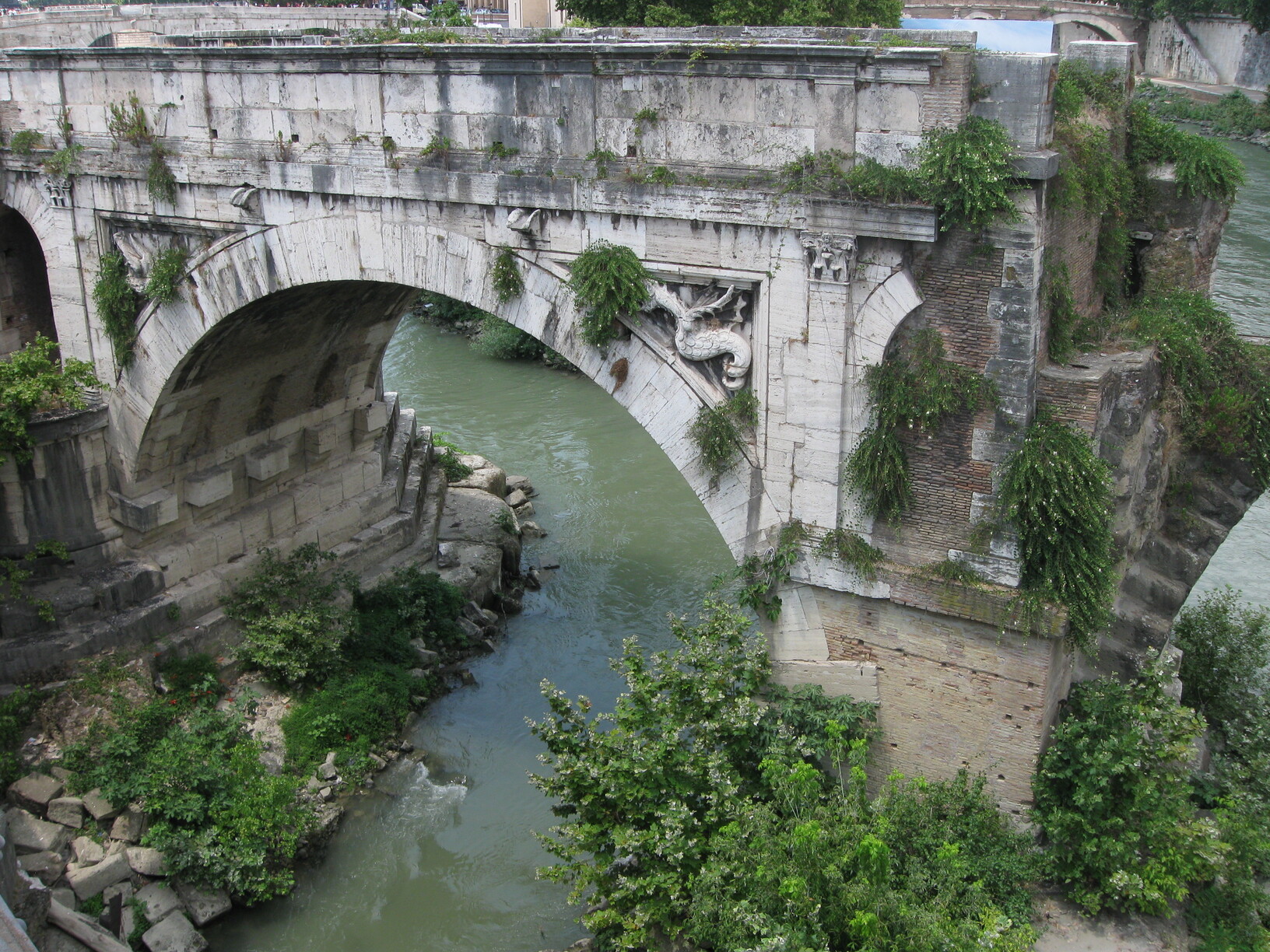
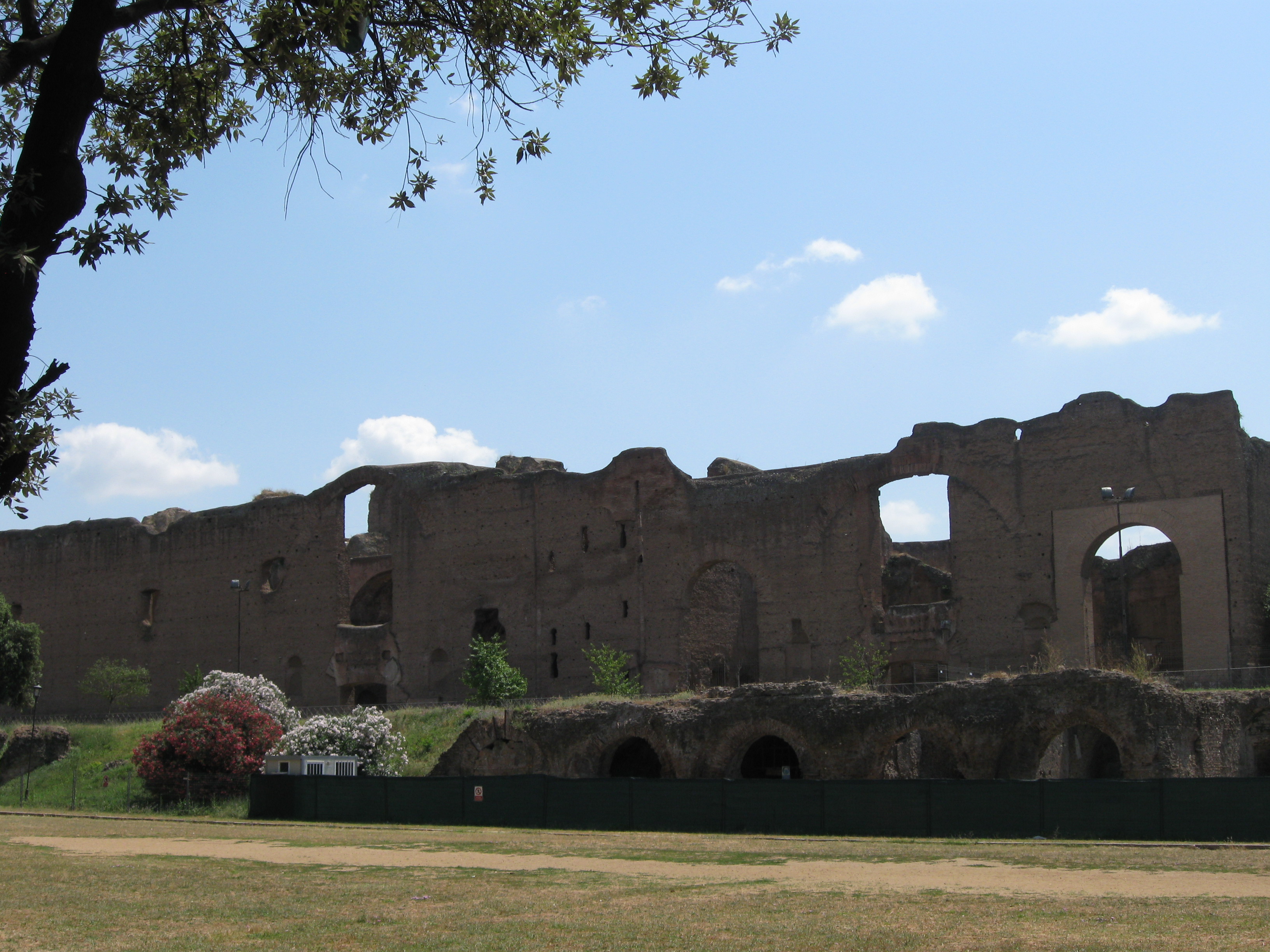
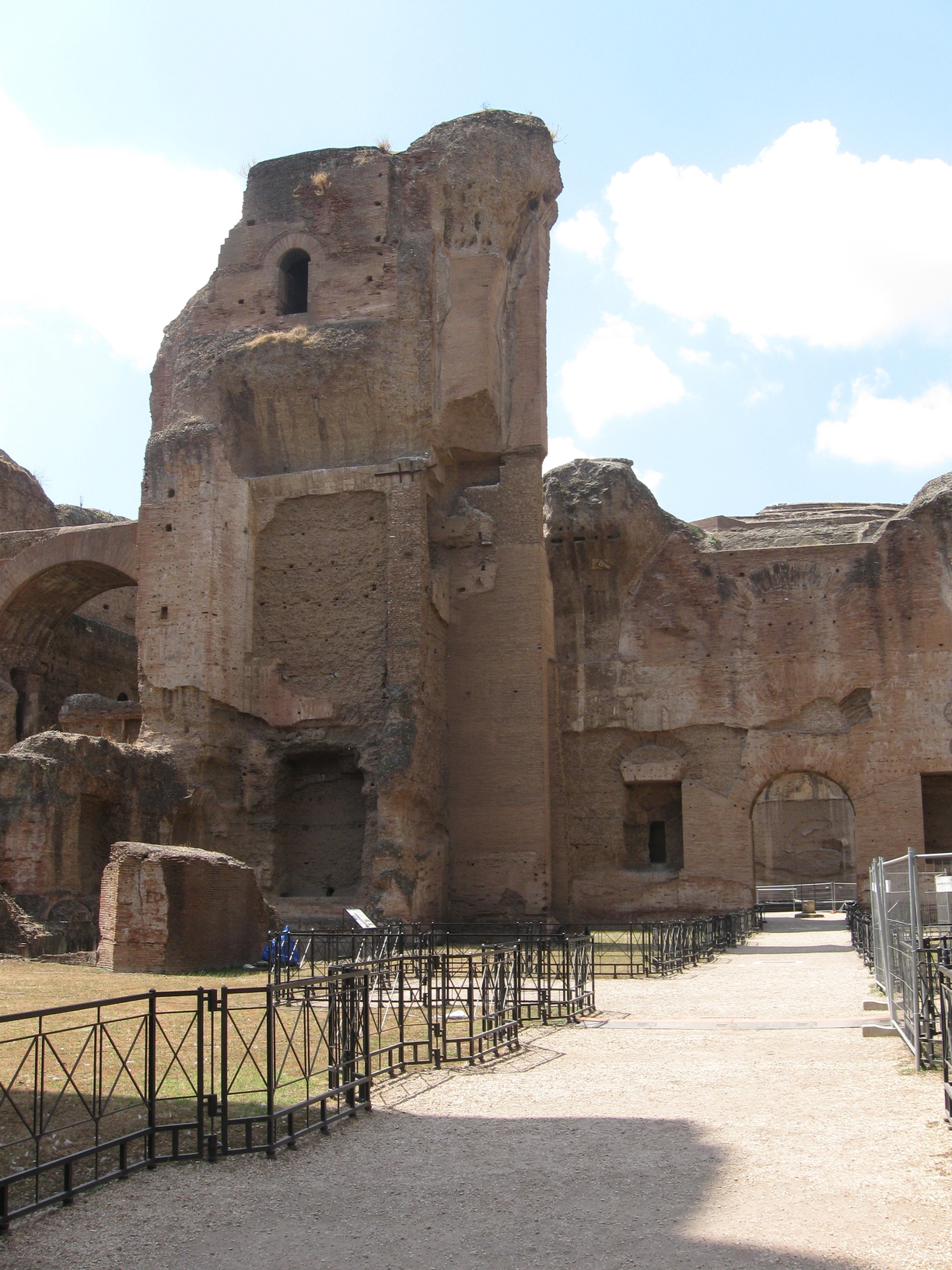
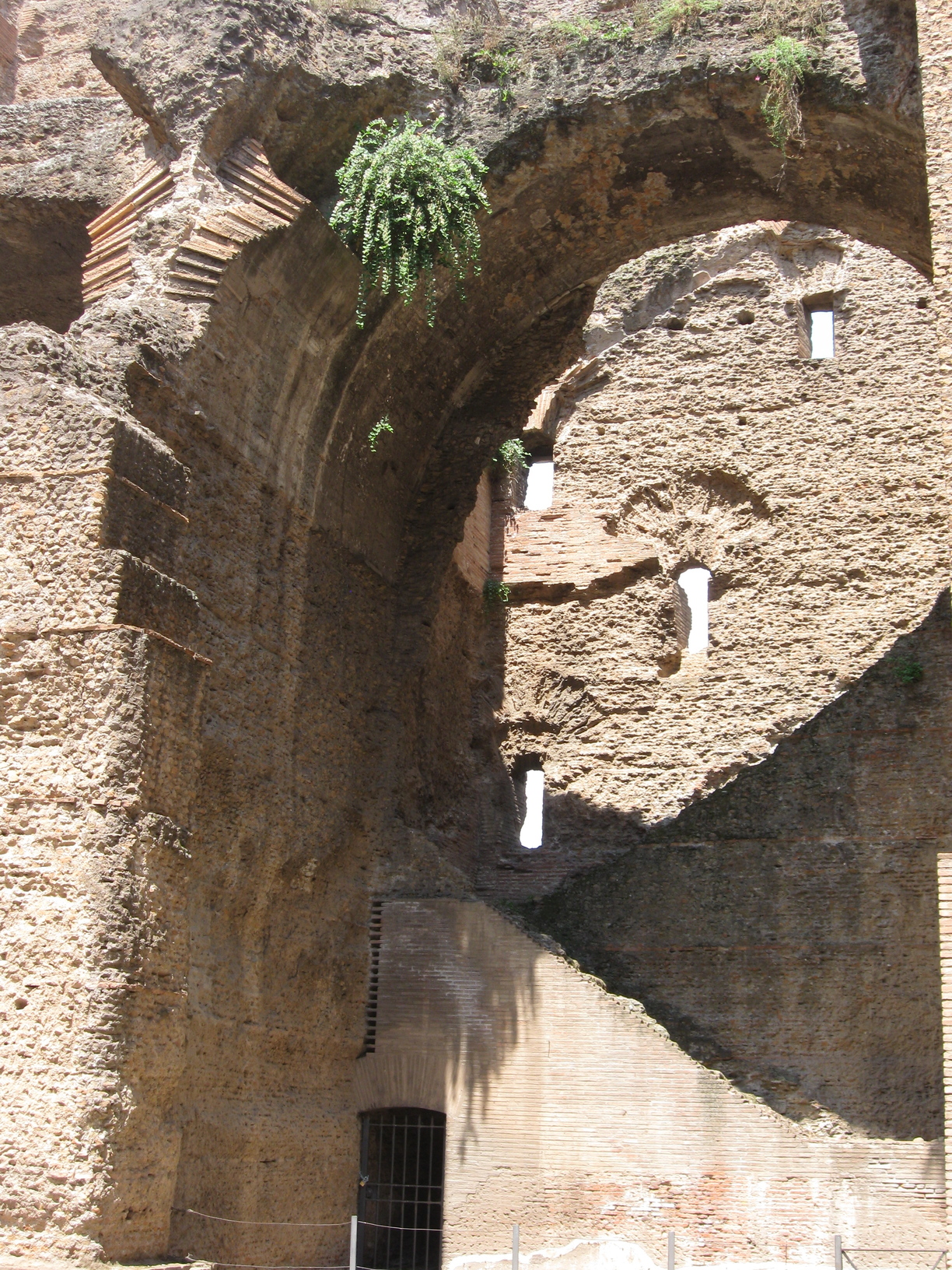
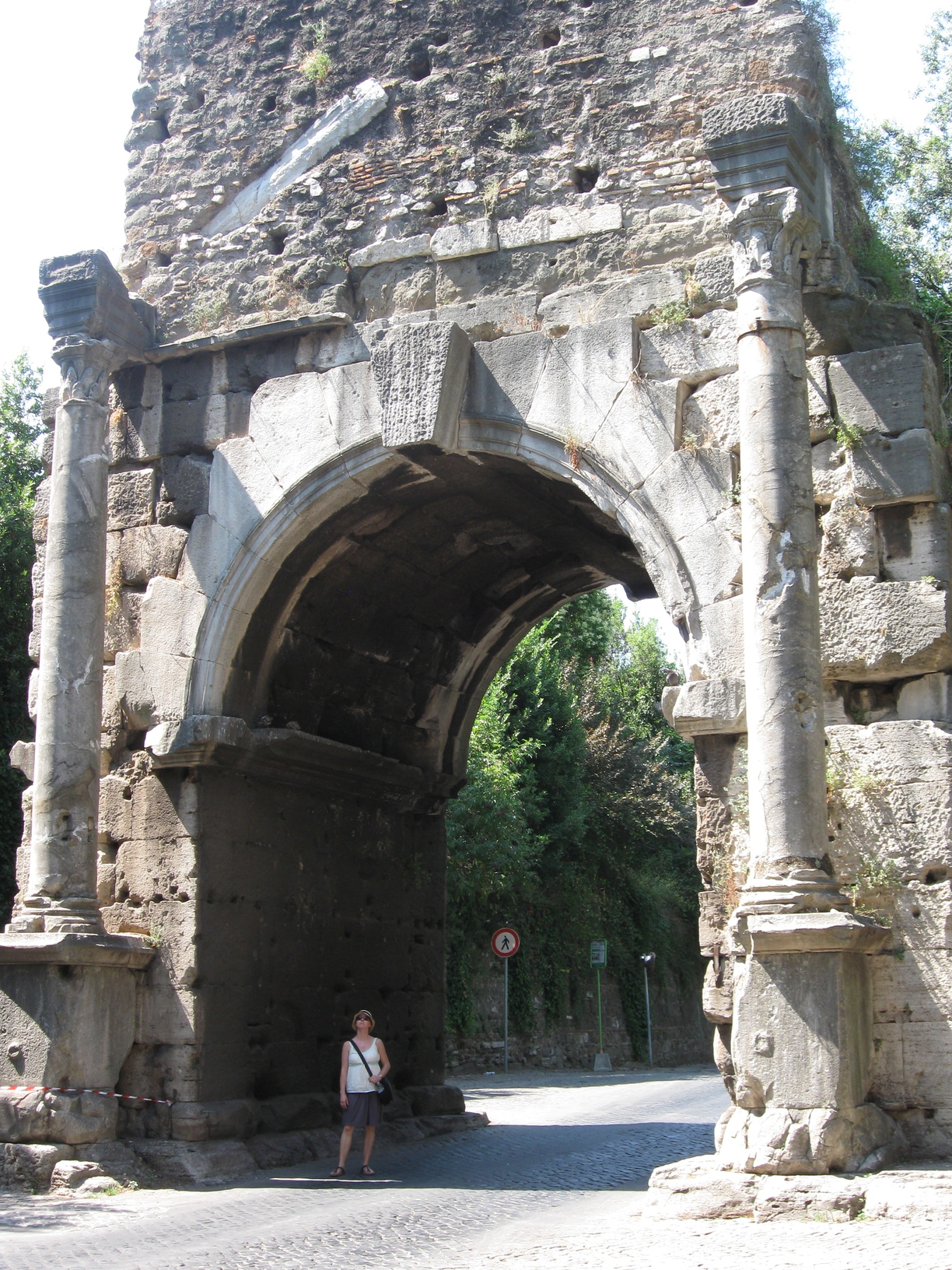
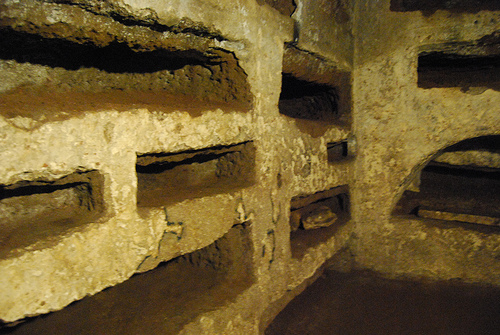
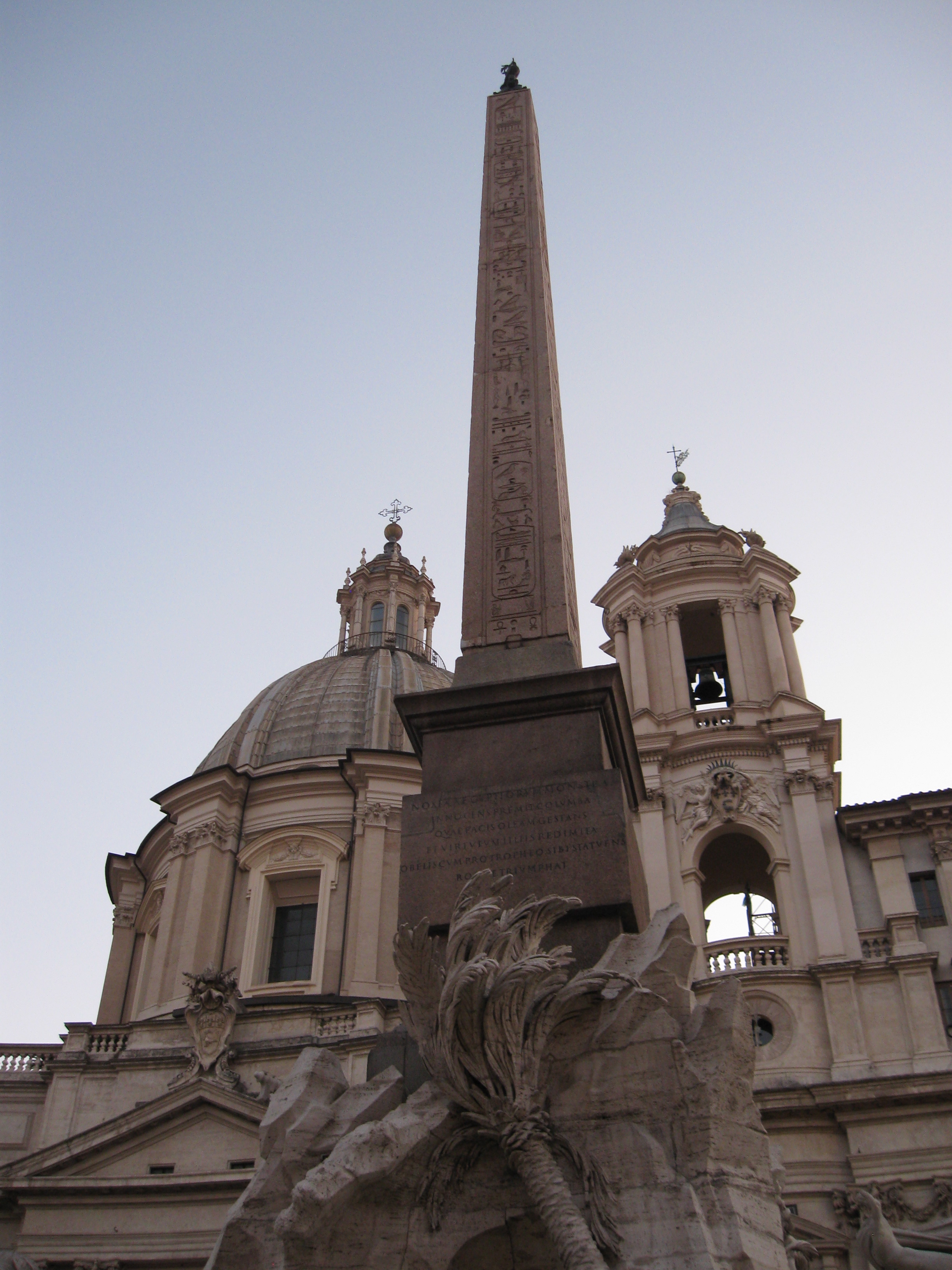
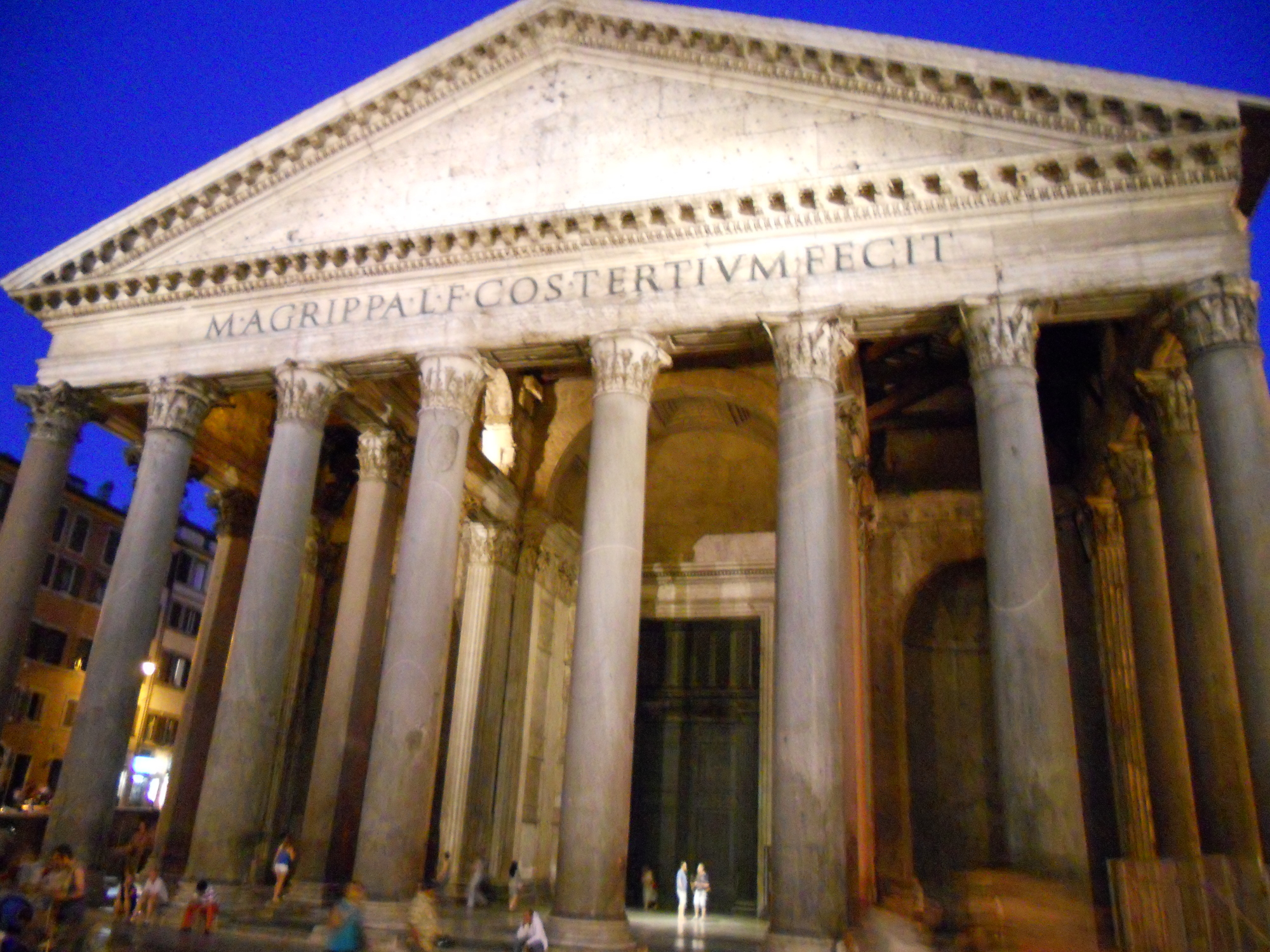
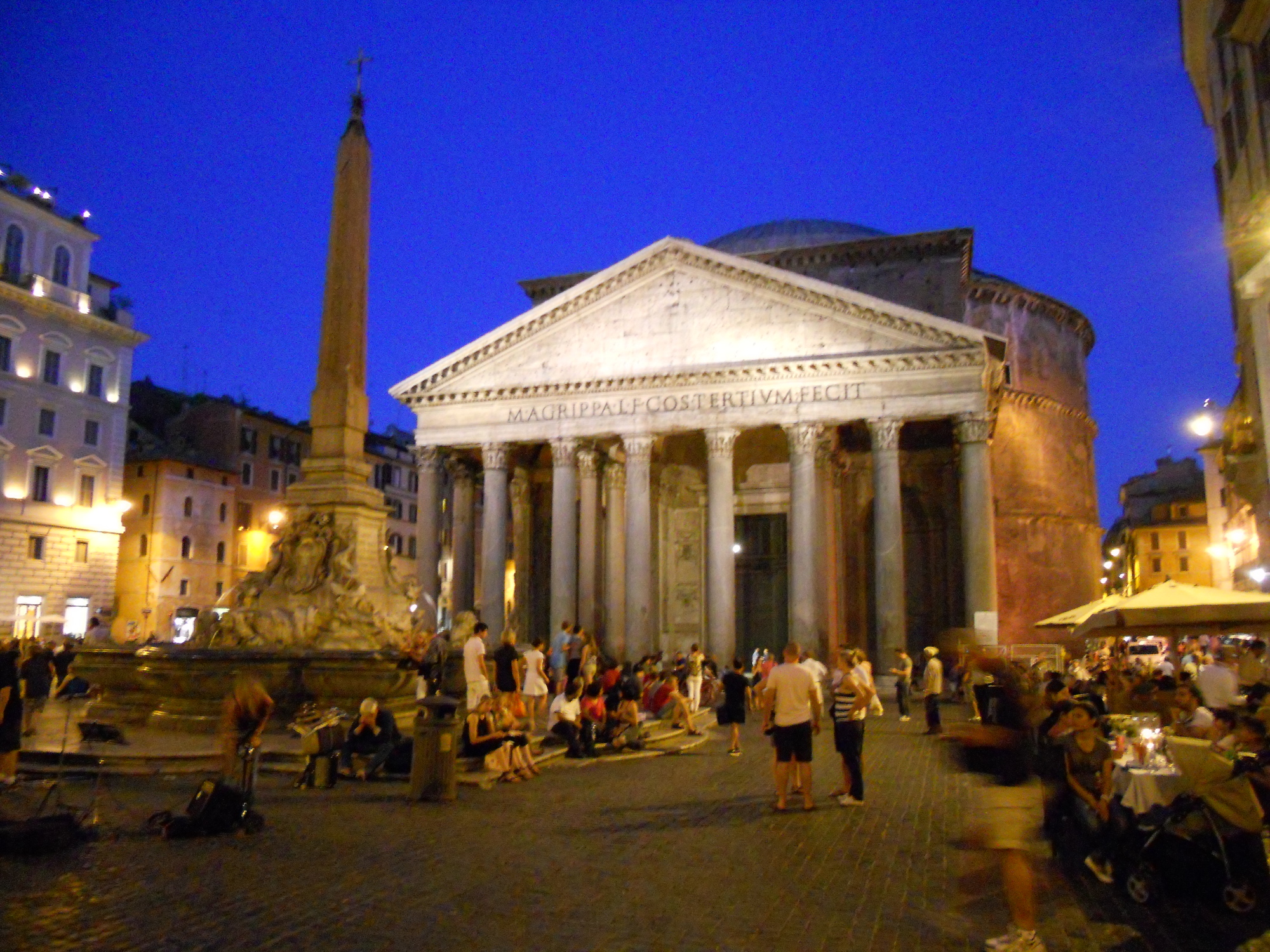
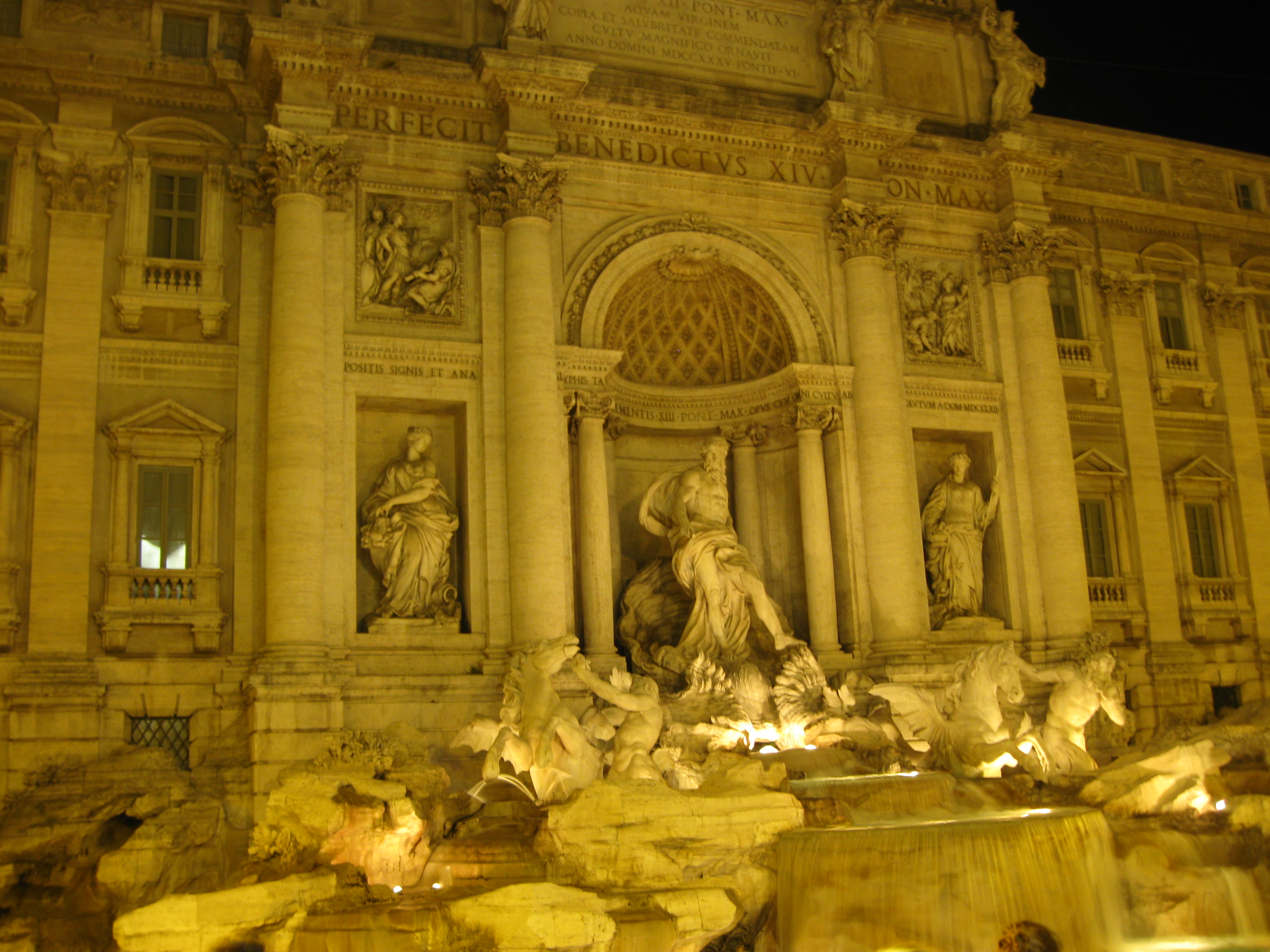
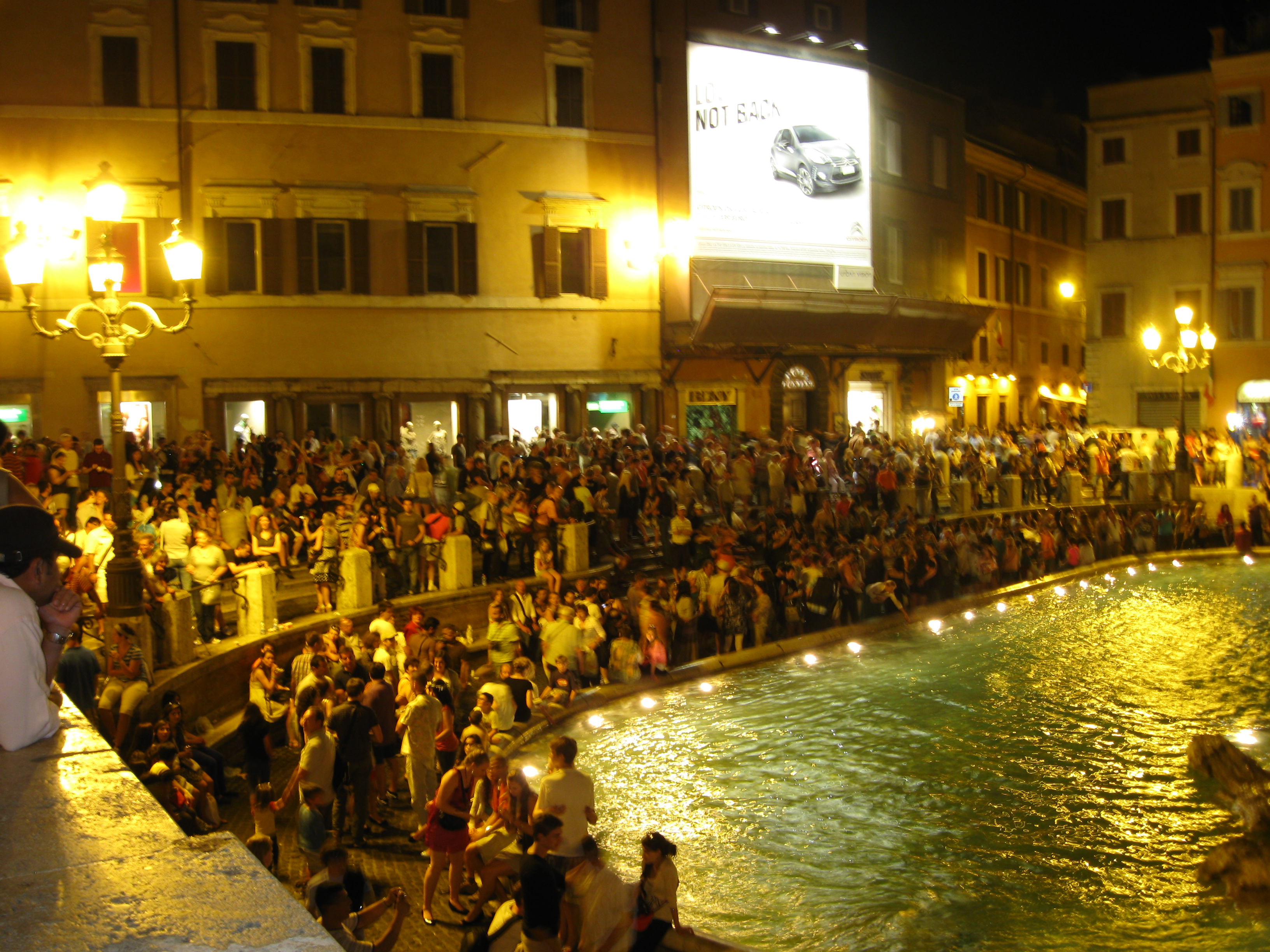




on ,
Brinda Berry (@Brinda_Berry) said:
*sigh* I love your photos. The Pantheon and all the other buildings are beyond description in a photo. I can’t imagine standing before them. As for the rude waiter, maybe he’d just been dumped by his American girlfriend…
on ,
Tami Clayton said:
Thanks, Brinda. Being there and seeing those ancient buildings up close was phenomenal. I still can’t believe I was there and saw them.
I think you’re on to something with your waiter theory. It’s a much better one than Mappy and I came up with to make ourselves feel better. 😉
on ,
Sara Foster said:
Always love your photos and the descriptions of your site visits. The thing that is nagging at me is why that waiter was so rude to you. Did you ever figure it out?
on ,
Tami Clayton said:
Thanks, Sara. Never did figure that waiter thing out. He was the worst of them by far. Mostly they were indifferent to us – not overly welcoming but not blatantly rude like the pizza guy. Ditto for shopkeepers (more on that in the next post or two). Like I mentioned, we weren’t loud or ignoring social customs, at least as much as we were aware of them. It was very odd.
on ,
Barbara Forte Abate said:
Ditto as to the “Curious Case of the Badly Behaving Waiter.” Doesn’t he know that Italians are lovers, abundant in charm?! How dare he wreck havoc with the myth.
Your photos are beyond gorgeous. That these incredibly ancient places remain so lovely after centuries of turmoil is remarkable. And that twilight sky! Can such a glorious shade of blue even be real???
Alas, but I’m just not ready to leave Rome … More to come, I hope?
on ,
Tami Clayton said:
Thank you, Barbara. Just for the record and as noted in previous Italy posts, we did meet lots of abundantly charming and friendly Italians during our travels. For some reason, we seemed to run into the not-so-friendly people at restaurants.
And yes, I have a couple more posts about Rome to share in the coming weeks. 🙂
on ,
marcia said:
Tami, your travel posts are so informative. I traveled to Rome 2 different times and I missed seeing some of the great sights you pointed out. I’m glad my rude waiter experiences were only in Paris. What’s with this rude Italian waiter…no fair!
on ,
Tami Clayton said:
Thanks, Marcia. You’ve always got my back, in more ways than one. 🙂
on ,
Liv Rancourt said:
The Appian Way & the Catacombs in the same day? Cool. I’d love to see them for myself, though it’s unlikely I’ll try the pizza.
😉
on ,
Tami Clayton said:
The Appian Way and the Catacombs were way cool. Pizza guy, not so much. Though I do recommend the fried artichokes, a Roman delicacy.
on ,
Ellen Gregory said:
Ah, I love Rome. I went in… 1994!!! Nearly 20 years ago, when I’d just finished my undergraduate degrees. We were in Rome and surrounds for about 10 days and went to just about all the places you describe. That was back in the day before digital photos and blogs… but you’ve inspired me to dig out “Ellen and Helen’s Excellent Adventure” which is a typed out and bound edition of my travel journal 🙂 (Maybe it would be quite fun to run a series on my blog of the young me, travelling around Europe… tee hee. If I could find the file, that is. Which I daresay I couldn’t…)
Anyway, I distinctly remember dragging my friend Helen off to look for Via Appia — in vain! We never did find it and now that I look at your photo of the place I am crazily disappointed!!
My parents were in Rome earlier this year and went to another place I’m disppoainted I missed — Ostia Antica. It apparently rivals Pompei (oooh, did you go there too… is that a forthcoming post?). I haven’t read your first Rome post yet, so if you mentioned it there, I apologise!
What I LOVE about Rome is the depth of character and personality — there’s the ancient personality, the Roman Catholic personality, the fashion personality, the renaissance personality etc etc. Such an old and magnificent lady!
on ,
Tami Clayton said:
I would love to hear about “Ellen and Helen’s Excellent Adventure”! You should definitely write some posts on that.
We didn’t have too much difficulty finding the Via Appia, though maybe it is more clearly marked these days. That, and Mappy was always instrumental in getting us from place to place with our trusty map.
We had planned to go to both Ostia Antica and Pompeii but sadly we didn’t. We only had 4 full days in Rome and while we were both very interested in seeing those places, we ran out of time and, quite honestly, energy. Someday, when I go back, I hope to see those places as well as more of the south of Italy.
And I totally agree with your take on Rome – SUCH depth of character and exuberant personalities. I experienced that to be true in each of the places we went, but not as vibrantly and out loud as it was in Rome.
on ,
Mike Schulenberg said:
Again, another round of amazing photos. The one with the bridge over the Tiber is probably my favorite.